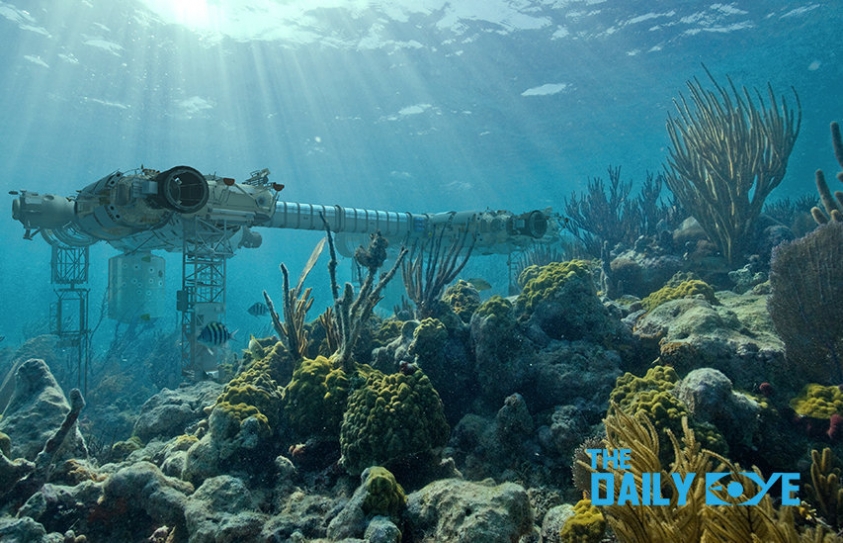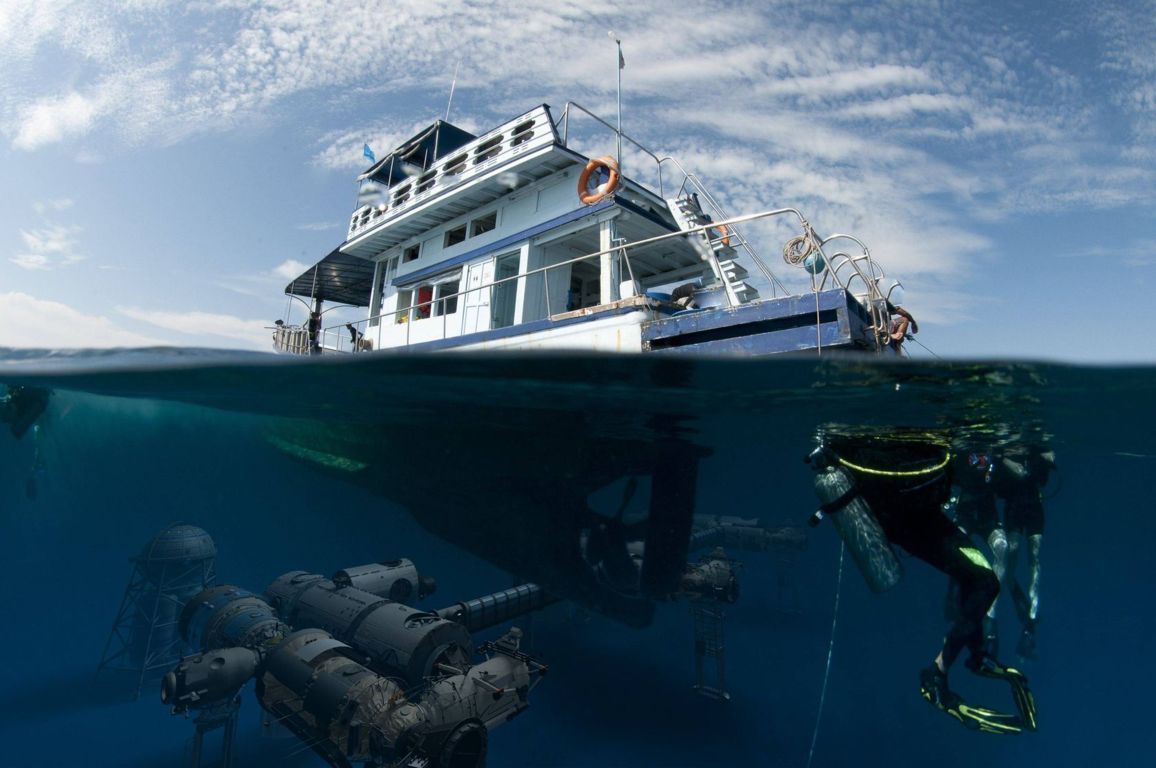
The ‘Lost City’ in the depths of the Atlantic Ocean under Threat
by Yash Saboo March 14 2018, 4:13 pm Estimated Reading Time: 3 mins, 0 secsDeep-sea mineral extraction is regarded as one of the most important global industries of the future, with billions of dollars of gold, copper and other key metals lying on the seabed. The special metals found in rich deposits in the sea are critical for smart electronics and crucial green technologies, such as solar power and electric cars. But as the world’s population rises, demand is now outstripping the production from mines on land for some important elements.
Those leading the global rush to place giant mining machines thousands of meters below the sea surface say the extraordinary richness of the underwater ores mean the environmental impacts will be far lower than on land. But critics say exotic and little-known ecosystems in the deep oceans could be destroyed and must be protected.

Source :Steemit
One of the world’s most important sites of scientific interest has now been officially designated as part of a mining exploration zone, Sky News can reveal.
Scientists believe life on earth may have begun in deep sea vents such as the ones discovered in the Lost City, an area deep on the sea floor in the middle of the Atlantic Ocean. The hydrothermal vent system in which warm alkaline waters from the rocks react with seawater and create hydrocarbons – the building blocks of life – is the only such formation yet discovered in the world.
But the International Seabed Authority – a UN organization charged with managing the use of the seabed in the high seas – has now allotted the Lost City, along with 10,000 sq km of the Mid-Atlantic Ridge, to Poland to explore for mining. However, scientists have warned of the possibility that miners may inadvertently destroy precious species and geological structures in their quest for minerals.
Gretchen Früh-Green, from the Swiss Federal Institute of Technology (ETH) in Zurich, was the scientist who first discovered the Lost City, on an expedition in 2000. She, along with her colleagues, had written a letter of concern to the ISA but had not received a reply.
She said: "We could destroy this place before we've understood it - before we can really appreciate the significance of these unique white towers and these very strange fluids that are coming out of the ocean floor. The significance of that for understanding the origin of life, for understanding processes in early Earth. It's our history, it's the Earth's history, and if we perturb it we don't know how fast it will recover, or what influence the perturbation would have on ocean chemistry."
Companies backed by Russia, Germany, France, Portugal, South Korea, Brazil and more are all pushing ahead on deep sea mining and almost all of the Atlantic ridge from the equator to the Arctic circle has been claimed in recent years. Now Norwegian researchers are exploring the seafloor deep into the Arctic circle and have found several new vent systems near Jan Meyen island.
The Lost City was part of the area designated to Poland for seafloor exploration and some believe it won't hurt life on earth. The ISA, which is based in Kingston, Jamaica, confirmed that the Lost City was part of the area designated to Poland for seafloor exploration. But its secretary general, Michael Lodge said that there was no suggestion that it would damage the site. "The Lost City is a site of scientific interest," he said. "It's been explored and studied scientifically for many years. There is no suggestion that Poland is necessarily going to mine the Lost City." ISA may introduce rules to prevent miners from exploiting such areas.





-173X130.jpg)
-173X130.jpg)


-173X130.jpg)
-173X130.jpg)
-173X130.jpg)